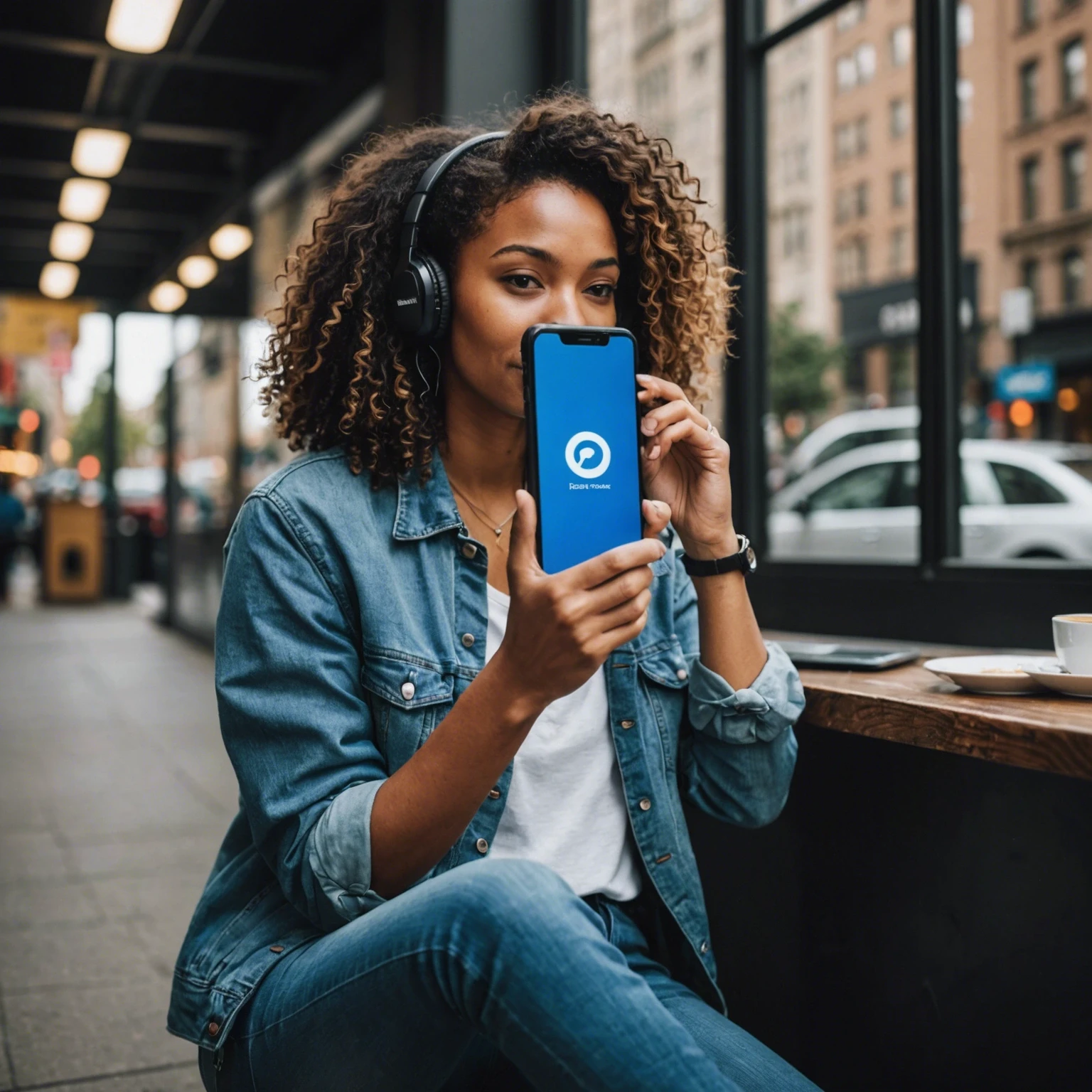Elevate Your Brand's Presence: Mastering Safe Zones for Enhanced Social Media Engagement
Mar 29, 2024

In today's digital landscape, social media has become an essential tool for businesses to connect with their target audience and build their brand presence. With the ever-increasing competition and constantly changing algorithms, it has become challenging for brands to stand out and engage with their followers effectively. However, one strategy that can significantly elevate a brand's social media presence is mastering the concept of "safe zones". In this blog post, we will explore the importance of safe zones and how brands can use them to enhance their social media engagement.
What are Safe Zones?
Safe zones, in the context of social media, refer to the specific times and days when a brand's target audience is most active and receptive to their content. These are the periods when people are more likely to engage with posts, share them with their networks, and generate conversions. By identifying and utilizing these safe zones, brands can maximize their reach and engagement, leading to increased brand awareness, loyalty, and ultimately, sales.
Key Issues and Debates
The concept of safe zones has been a topic of debate in the world of social media marketing. Some argue that constantly changing algorithms and the rise of paid advertising have made it difficult to rely on safe zones for engagement. However, there is still a significant amount of evidence that suggests that safe zones play a crucial role in maximizing social media engagement.
Additionally, there is a debate about the specific days and times that constitute safe zones. While some studies suggest that posting during off-peak hours can help a brand stand out, others argue that sticking to peak times is still the most effective strategy. Ultimately, the best approach will depend on the brand's target audience and industry, making it essential for businesses to conduct their research and analyze their own data.
Practical Implications and Recommendations
So, how can brands master safe zones for enhanced social media engagement? Here are some practical implications and recommendations to consider:
1. Analyze Your Audience: The first step is to understand your target audience. Conduct market research and use social media analytics tools to identify the demographics, behaviors, and preferences of your followers. This will help you determine the best days and times to post for maximum engagement.
2. Experiment with Different Times: While there may be general guidelines for safe zones, every brand's audience is unique. Experiment with posting at different times and analyze the engagement rates to determine the most effective posting schedule for your brand.
3. Use Scheduling Tools: Social media scheduling tools like Hootsuite, Buffer, and Sprout Social can be extremely useful in managing posts during safe zones. These tools allow you to schedule posts in advance, ensuring that your content is shared at the most optimal times.
4. Monitor and Adapt: Social media is constantly evolving, and it's crucial to monitor your engagement rates regularly. If you notice a decline in engagement during your designated safe zones, it may be time to adjust your strategy and try new posting times.
Conclusion
Mastering safe zones is a crucial aspect of building a strong social media presence for any brand. By understanding your target audience and experimenting with different posting times, you can significantly enhance your engagement rates and ultimately, your brand's success. However, it's essential to keep in mind that there is no one-size-fits-all solution, and it's crucial to continually monitor and adapt your strategy to ensure maximum effectiveness.
In conclusion, safe zones are a valuable tool for brands looking to elevate their social media presence and engage with their audience effectively. By incorporating these recommendations and staying on top of the latest trends and changes in social media, brands can stay ahead of the competition and build a strong and loyal following.